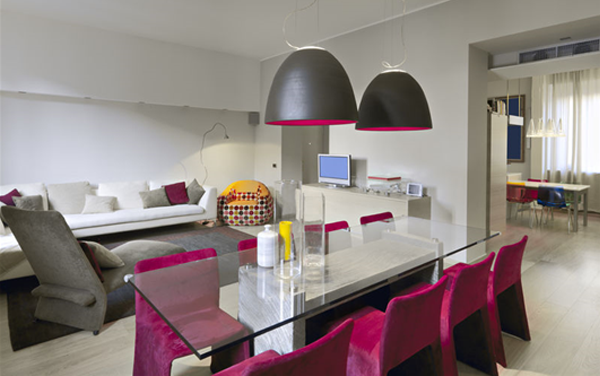What to Consider When Customizing a Glass Tabletop
Creating or remodeling a glass tabletop gives you an endless range of decorating possibilities. Just about any sturdy object can be used as a base, and glass tops can be created in any shape you desire.
When sizing glass table tops to bases, it’s important to keep the elements proportionate to one another for reasons of safety, visual balance, and overall aesthetics. Below, we go over some of the most important elements to consider when customizing your glass tabletop.
Type of Glass
Your choices are not limited to only a clear or smooth finish. You can choose pattern glass, painted glass, low-iron glass, frosted glass, etched glass, etc. for your design.
We have many different options to choose from in thickness, color, finish, and edge style for your table top glass. The edge style is based on your personal preference, although beveled polished edges are nice choices to add more elegance to your table top.
Glass Thickness
What is the ideal glass thickness for a table top?
If you are using a glass piece as a table cover or a protective cover, then ¼” thickness is sufficient. If you are setting the glass piece on a stand or a pedestal to form the actual table surface, then you may want to use a thicker glass. If you are using the glass on a table that is larger than 24″ in dimension or is designed to support heavy objects, you should use glass that is thicker than ¼”, generally ⅜” or ½” depending on the size of the table and the look you are going for.
Standard thickness in specific applications includes:
- 3/16” – This is a good thickness for patio tables, small tables, inserts, and as glass protective table covers.
- 1/4” – This is a good thickness for glass tabletops and glass protective table covers.
- 3/8” – This is a good thickness for heavy, unsupported table tops where the glass is the only tabletop.
- 1/2” – 3/4” – These are the strongest, most attractive thicknesses available, ideal for heavy, unsupported table tops where the glass is the only tabletop.
The Shape of the Corners
An important consideration is what shape your tabletop should be. We can custom cut glass to any size and shape you need. A rectangular or oval table can provide a lot of dining room seating, while a square or round table helps a smaller group interact better during dinner. The shape might also be determined by the dining room layout or the design of the table or stand that will go underneath the glass.
If you are customizing your glass tabletop according to the shape of your table, then you’ll need to consider how to shape the corners. Determine if the corners of your furniture surface are 90 degrees or if you would prefer that they have a radius.
You will need to choose whether to keep the standard, more sharply defined 90-degree corners or to have the corners softened or “radiused” just slightly. There is almost no discernible difference visually between the two, but radius corners can be a safer option if you have small children in the household.
If your furniture surface has radius corners, you will need to determine the size of the radius. We can cut the radius to your exact specifications and polish the edges so that the tabletop fits your furniture perfectly.
Custom Glass Table Top Fabrication
Northwestern Glass Fab is leading the industry in glass fabrication, glass cutting, and a variety of other glass manufacturing specialties. Our custom glass capabilities provide our partners with eye-catching glass products for use in any situation.
To find out more about our custom fabricated glass products, or to place an order, please contact us at 763-762-1750. You can also message us on our contact page.




